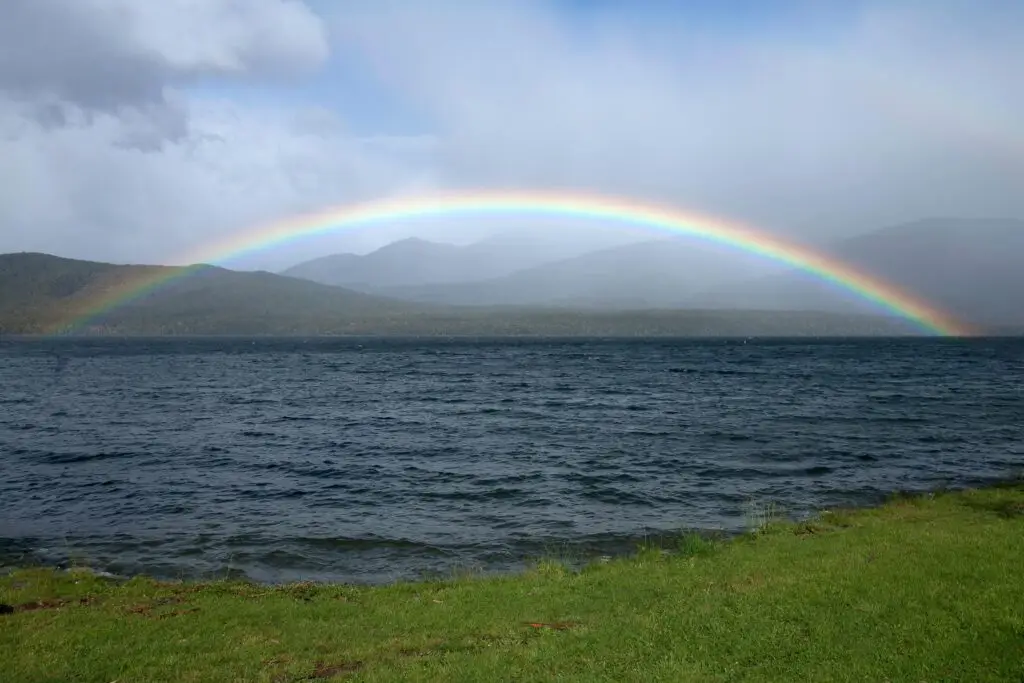Rainbows and Questions?
A rainbow is a natural phenomenon that results in a spectrum of light appearing in the sky. It occurs when sunlight is refracted, or bent, and then dispersed by water droplets in the atmosphere, typically after a rain shower. This process breaks the light into its component colors violet, indigo, blue, green, yellow, orange and red. Red lies on the top while violet is present at the bottom.
The colors appear in a specific order, and the rainbow typically forms a circular arc. The colors are the result of different wavelengths of light being bent by different amounts, with red light bending the least and violet light bending the most.

First Question?
Are there actually 7 colours in the Rainbow?
Technically, a rainbow has a continuous spectrum of colors, but the traditional seven colors (red, orange, yellow, green, blue, indigo, and violet) are a simplification. The distinction of seven colors was popularized by Isaac Newton, but in reality, the colors blend into one another with no clear boundaries.
Second Question?
What is a Secondary Rainbow?
Secondary Rainbow refers to the second, fainter rainbow that appears outside the Primary Rainbow. This occurs because light undergoes two internal reflections inside the water droplets, which results in the secondary rainbow.
Question 3?
Why do Rainbows form an arc shape?
The arc shape of a rainbow happens because of the angle at which light is refracted and reflected inside water droplets. The light bends (refracts) as it enters the droplet, reflects off the inside surface, and then refracts again as it exits. The specific angle of 42 degrees (for the primary rainbow) creates a circular arc. If you were in a higher point, you’d see a full circle of the rainbow!